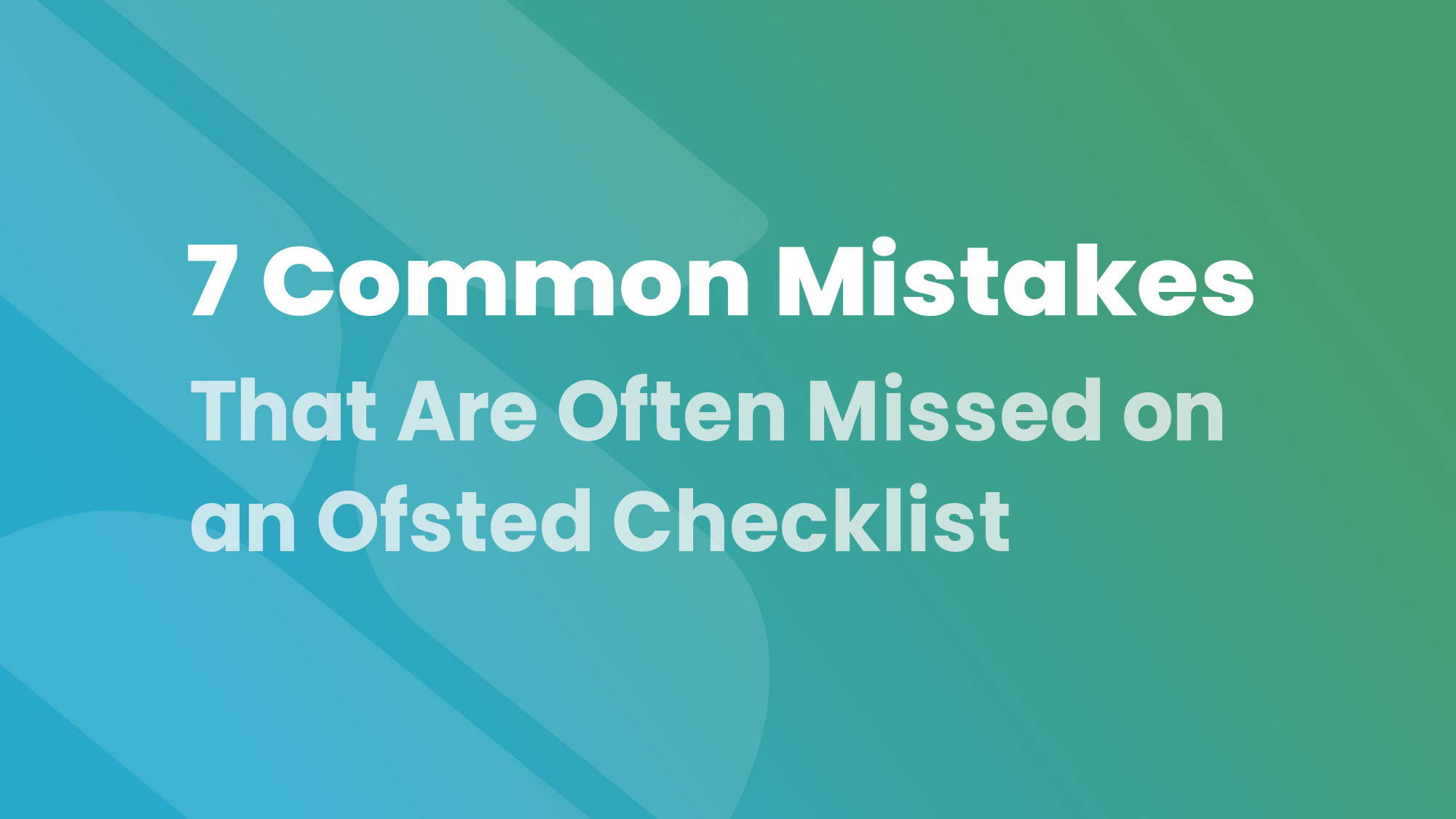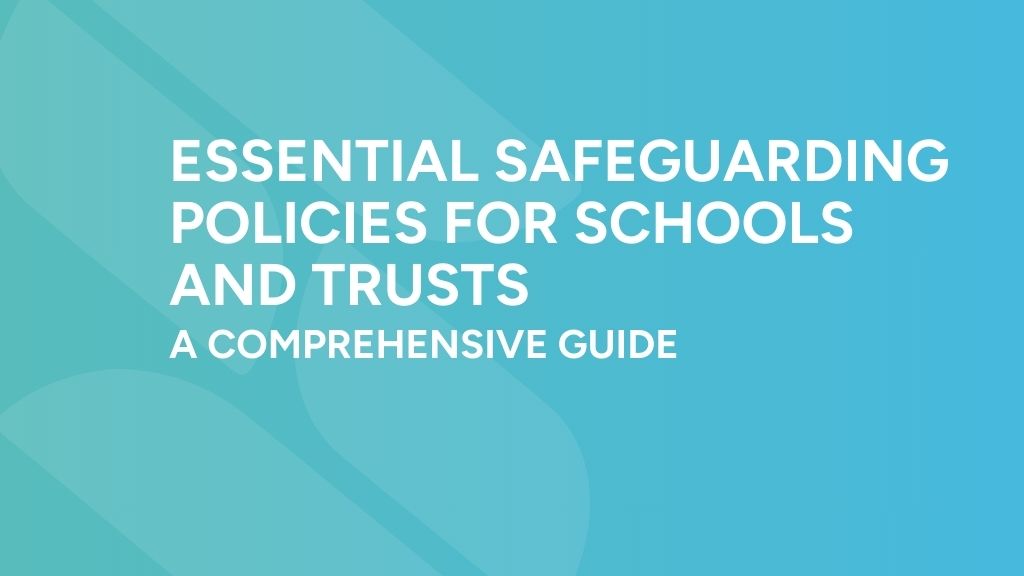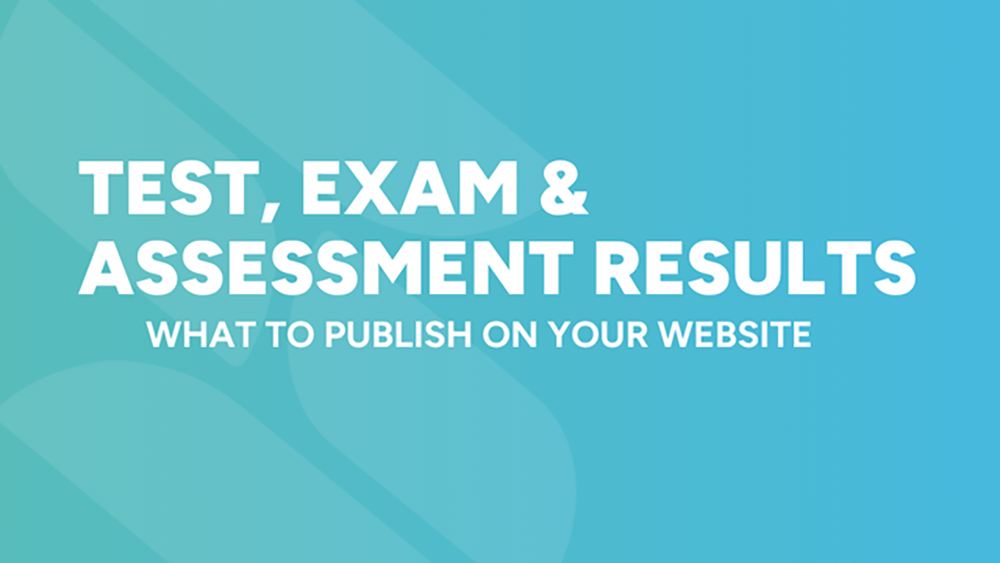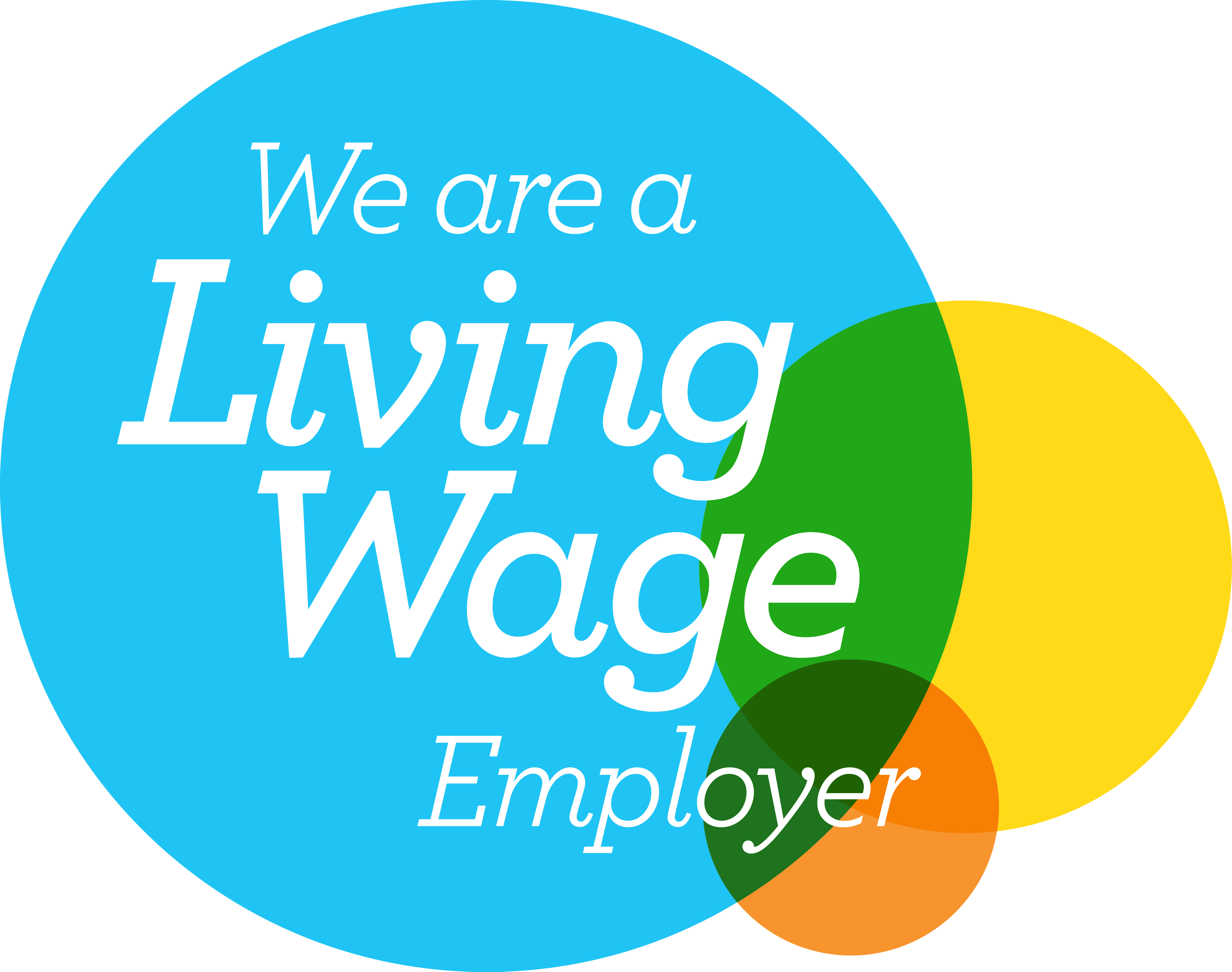Ofsted school website requirements lots of schools are missing
Ofsted school website requirements lots of schools are missing

Since launching The School Website Compliance Software in September 2018, nearly 2000 schools have signed up and started to check their website. It can be hard at times to understand the school website requirements so hopefully, this blog post will help you overcome some of those trickier areas.
How compliant are schools?
School website requirements were released in 2014 and Ofsted has been keen to enforce these as part of their inspection. Your website is the first window into school that you provide an Inspector with. As much as they will look at your previous report and your IDSR, your website is where they get the first glance at your amazing school. However, when completing audits there are patterns to which requirements schools aren’t meeting in full so you’ll find the top four issues below.
What requirements are schools missing?
Contact Details
This is the easiest one to fix so let’s start here! The requirements are mostly around naming key contacts. The purpose is to make sure that it’s easy to get in touch with people at your school. Schools need to be accessible and easy to contact so it’s worth putting the effort in. There are five contact details that must be listed on this page. are Contact details for the SENCo and the name of the person who deals with queries from parents and other members of the public are the two that are frequently left off. That’s not just an Ofsted box-checking exercise, it’s standard good practice online.
Curriculum
The DfE requirements state that schools should publish “The content of the curriculum your school follows in each academic year for every subject.” It’s a short sentence that creates a vast amount of work. If you break the work down into subject areas, provide subject / year group leaders with a structure of what is required, the information will be formatted in a way that is suitable to go online.
The checklist states that primary schools should provide “The names of any phonics or reading schemes you’re using in key stage 1”. This is one area that is often missed off or is only fulfilled in part. This is an easy requirement to get right on your curriculum page. The new inspection framework highlights reading and state: “During all inspections of infant, junior, primary and lower-middle schools, inspectors must focus on how well pupils are taught to read as a main inspection activity. They will pay particular attention to pupils who are reading below age-related expectations (the lowest 20%) to assess how well the school is teaching phonics and supporting all children to become confident, fluent readers.”
Finding out more about the curriculum
Finally, you need to publish “How parents or other members of the public can find out more about the curriculum your school is following”. Speaking with an inspector around this area it was suggested that good practice could include providing a range of information within this area. You could provide a list of websites or apps that would be appropriate to use at home to support learning. Another suggestion would be to list places to visit to bring another dimension to the curriculum. Some schools publish parent leaflets for curriculum areas with a range of information including things I’ve mentioned above. I would also suggest adding the name of someone in school who could be contacted in relation to this. It could be a curriculum leader or a member of teaching staff on the leadership team.
If you’re looking for expert advice on how to display your curriculum information you can read our article here: Curriculum Information on your school website. Obviously, with the release of the new Inspection Framework, you may want to identify what has become known as the three I’s and to what extent your school sets out the knowledge and skills that pupils will gain at each stage.
Pupil Premium
Many schools are not meeting the Ofsted school website requirements for Pupil Premium. Within this area, you need to make sure you have published information for the current and previous academic year. One of the biggest areas where schools fail to become fully compliant is ensuring that they provide a summary of the main barriers to learning faced by pupils in receipt of pupil premium. This should be the first thing you consider prior to outlining what you will spend the money on. Regarding reporting on the previous year, the main issue I see is schools not measuring the impact of the previous academic years PPG. This doesn’t need to be evidenced just by Y6 data. What about children that you may have in your school who have emotional barriers to learning? How would you report on the impact on this?
SEN Report
This is the most worrying example of all. So many schools are failing to meet the requirements set out with regards to SEN provision in school. Your SEN report should outline the school’s provision for pupils with SEN. It should also demonstrate how the school will implement its SEN policy. It needs to explain where the local offer is published. Your policy should act as a framework for your report. The facilities you provide as a school to help disabled pupils access school is where schools fail to meet this requirement. It is important to note here that this is not just about the physical environment it is also about accessing the curriculum.
Having read so many SEN reports here are some good examples that I have seen. The use of lighting and colour schemes in school buildings for the visually impaired. Providing a loop system for children with hearing aids. Using adjustable tables/chairs for children with physical needs and providing iPads on a 1:1 basis. Within your SEN page, you will want to explain why yours is a good school for children with additional needs. Include details of experience and offer the opportunity for parents to visit. Include your policies on this page so all the relevant content is together in one place.

How do you ensure your website is compliant?
The starting point is to get an accurate picture of how compliant your website really is. The best (and only) way to do this quickly is using the School Website Compliance Software. Complete the School Website Compliance Software, noting any issues within your site. You’ll be provided with a detailed report with action points and expert recommendations. Our commitment is to keep the requirements up to date and notify you of any changes. Sign up below …











